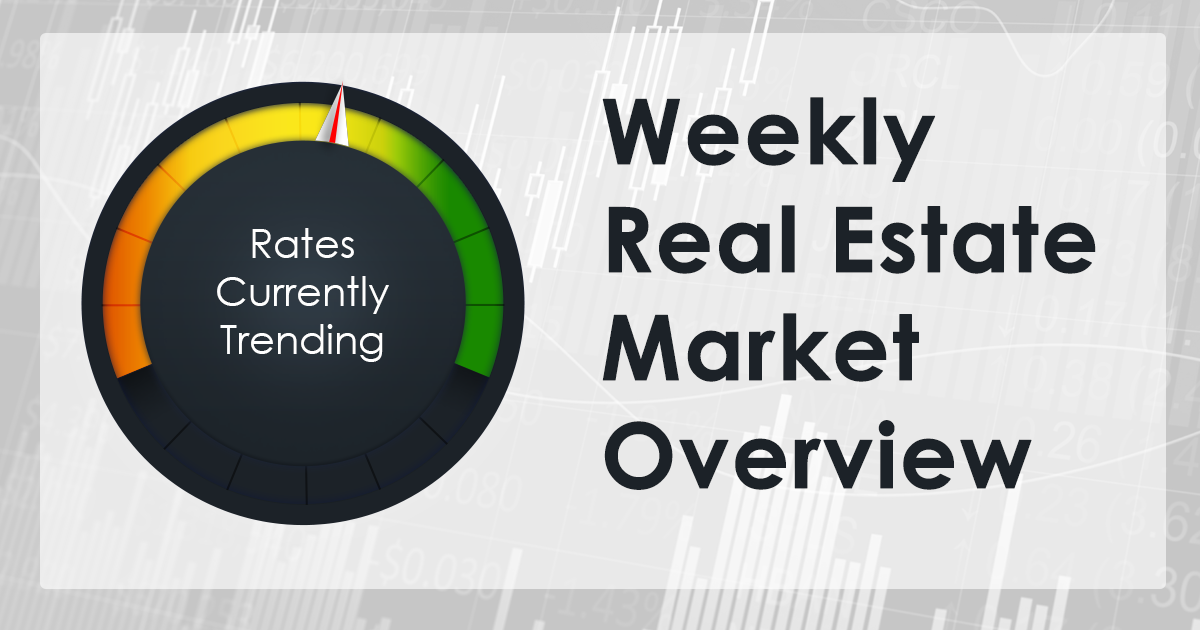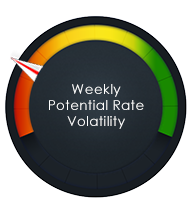
Pending Home Sales Increase Despite Inventory Shortages
___
Published Date 7/31/2017



Realtor Report
Pending Home Sales Increase Despite Inventory Shortages:
After declining for three straight months, pending home sales reversed course in June as all major regions, except for the Midwest, saw an increase in contract activity, according to the National Association of Realtors®.
The Pending Home Sales Index*, www.nar.realtor/topics/pending-home-sales, a forward-looking indicator based on contract signings, climbed 1.5 percent to 110.2 in June from an upwardly revised 108.6 in May. At 0.5 percent, the index last month increased annually for the first time since March.
Lawrence Yun, NAR chief economist, says the bounce back in pending sales in most of the country in June is a welcoming sign. "The first half of 2017 ended with a nearly identical number of contract signings as one year ago, even as the economy added 2.2 million net new jobs," he said. "Market conditions in many areas continue to be fast paced, with few properties to choose from, which is forcing buyers to act almost immediately on an available home that fits their criteria."
Added Yun, "Low supply is an ongoing issue holding back activity. Housing inventory declined last month and is a staggering 7.1 percent lower than a year ago."
Yun does note that there could potentially be a sliver of increased hope in the months ahead for prospective first-time buyers, who continue to struggle reaching the market1. Sales to investors last month were the lowest of the year (13 percent), which helped push all cash transactions to 18 percent – the smallest share since June 2009 (13 percent).
"It appears the ongoing run-up in price growth in many areas and less homes for sale at bargain prices are forcing some investors to step away from the market," said Yun. "Fewer investors paying in cash is good news as it could mean a little less competition for the homes first-time buyers can afford. However, the home search will still likely be a strenuous undertaking in coming months because supply shortages in most areas are most severe at the lower end of the market."
Heading into the second half of the year, Yun expects existing-home sales to finish around 5.56 million, which is an increase of 2.6 percent from 2016 (5.45 million). The national median existing-home price this year is expected to increase around 5 percent. In 2016, existing sales increased 3.8 percent and prices rose 5.1 percent. The PHSI in the Northeast inched forward 0.7 percent to 98.0 in June, and is now 2.9 percent above a year ago. In the Midwest, the index decreased 0.5 percent to 104.0 in June, and is now 3.4 percent lower than June 2016.
Pending home sales in the South rose 2.1 percent to an index of 126.0 in June and are now 2.6 percent above last June. The index in the West grew 2.9 percent in June to 101.5, but is still 1.1 percent below a year ago.
Source: NAR.RealtorThis Week's Mortgage Rate Summary
How Rates Move:
Conventional and Government (FHA and VA) lenders set their rates based on the pricing of Mortgage-Backed Securities (MBS) which are traded in real time, all day in the bond market. This means rates or loan fees (mortgage pricing) moves throughout the day, being affected by a variety of economic or political events. When MBS pricing goes up, mortgage rates or pricing generally goes down. When they fall, mortgage pricing goes up.
Rates Currently Trending: Neutral
Mortgage rates are trending sideways this morning. Last week the MBS market worsened by -10bps. This was probably not enough to worsen mortgage rates or fees. Mortgage rates experienced high volatility toward the beginning of the week and tapered off at the end.
This Week's Rate Forecast: Neutral
Three Things: Here are the three things that have the greatest potential to move mortgage rates this week: 1) Jobs, 2) Inflation and 3) ISM.
1) Jobs: The first Friday of each new months brings us the lovely gift of Big Jobs Friday. This includes the Headline Non-Farm Payroll number and the Unemployment Rate which get all the attention of the media. However, bond traders will be very keen on Average Hourly Wages which are expected to rise a respectable 0.3%. The higher that number is, the worse it is for mortgage rates.
2) Inflation: Is there any? Is our current/historical methodology even capable of capturing an accurate snapshot of actual inflation? The Fed uses Personal Consumption Expenditures (PCE) as their primary gauge of inflation, and we will get that release on Tuesday. But it has been trending below 1.5% on a YOY basis due to Oil prices and lower utility costs (Yellen and crew have cited mobile phone bill wars as an example of a large portion of consumer costs moving lower due to competition). The closer this number gets to 2.0%, the worse it is for rates. The closer this number gets to 1.0%, the better it is for rates.
3) ISM: We get both Manufacturing (1/3 of our economy) and Non-Manufacturing/Services (2/3) of our economy this week. With our recent 2nd QTR GDP at a robust 2.6%, the U.S. economy has been trending along a nice growth path. Particularly given our recent very strong trend of manufacturing data. Any reading above 50.0 signifies good growth and expansion (more hiring, capital investment, orders, etc.). The ISM Mfg is projected to be a very strong 56.7, and the ISM Services sector is expected to be in the 56.9 range. These numbers would have to drop to 50.0 or below for MBS to improve this week. The closer these numbers get to 60.0, the worse it is for mortgage rates.
Fed: 07/31 - Vice Chair Stanley Fischer 08/02 - Cleveland Pres Loretta Mester and S.F. Pres John Williams
Geopolitical: There is plenty for the markets to worry about. We have a situation where Health Care went nowhere, and there is a justifiable concern that Tax Reform, Budget and Debt Ceiling bills won't get anywhere either. Across the pond, we have North Korea and Iran firing test missiles and China telling the U.S. to back off. We also have sanction news regarding Russia and now Venezuela.
This Week's Potential Volatility: High
Mortgage rates are likely to be very calm today. Later in the week could be a different story. As noted above, the inflation numbers and ISM numbers could move mortgage rates significantly if they're outside of market expectations.
Bottom Line:
If you are looking for the risks and benefits of locking your interest rate in today or floating your loan rate, contact your mortgage professional to discuss it with them.
Source: TBWSAll information furnished has been forwarded to you and is provided by thetbwsgroup only for informational purposes. Forecasting shall be considered as events which may be expected but not guaranteed. Neither the forwarding party and/or company nor thetbwsgroup assume any responsibility to any person who relies on information or forecasting contained in this report and disclaims all liability in respect to decisions or actions, or lack thereof based on any or all of the contents of this report.


Austin Hurt
Associate Broker
License: FA100093035
Gold Compass Real Estate, Inc.
4 West Dry Creek Circle Suite 100, Littleton CO
Office: 303-325-5690
Cell: 720-877-1370
Email: sales@coloradohomeblog.com

Austin Hurt
___
Associate Broker
License: FA100093035
Cell: 720-877-1370
 Gold Compass Real Estate, Inc.
Gold Compass Real Estate, Inc.